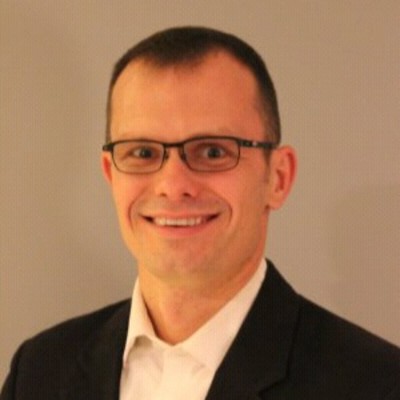
"Since our Agile marketing journey began, we have optimized our team structures to be able to prioritize our marketing campaigns based on the value that they truly bring to our customers."
In conversation with Zach Meixner
Senior Digital Program Manager at M&T Bank Corporation

M&T Bank Corporation is an American financial services company with more than $142.6 billion in assets. They provide banking, insurance, investments, mortgage, and commercial financial services through more than 700 branches, thousands of ATMs, and a variety of online and mobile services.
They've been around for more than 150 years and operate throughout several business segments: personal, business, and commercial banking.
Promoting the services in each segment effectively requires a collective effort from a department made up of hundreds of marketers. In order to improve their operational efficiency and make the most of their resources in an environment of change and volatility, M&T Bank has embarked on a journey towards true marketing agility.
Zach Meixner, Senior Digital Program Manager at M&T Bank has become one of the internal champions of Agile within M&T Bank marketing.
He has supported his department in the pivot to Agile ways of working and as they tackle process challenges like siloed communication, lack of effective prioritization and context-switching.
On the path to true agility, M&T Bank marketing has, among other improvements, introduced a center of excellence to allow for greater collaboration and better capacity planning.
Let's take a look at how Zach and his department transformed the way they work together to make sure that they are creating a deliberate focus on what is valuable from the perspective of their customers.

"We heard things like "this is the highest priority to senior management" or "this is a regulatory requirement” -- basically anything to get their request pushed to the top of the pile. Sometimes it was a priority, but sometimes it was just a lack of planning. And then, more often than we care to think, a lot of our resources had multiple things in flight at once."
Zach Meixner
Senior Digital Program Manager at M&T Bank Corporations
How did M&T Bank marketing teams work before Agile?
Within our marketing organization, we have a role called a relationship manager, individuals that align with different lines of business. The RM coordinated with different roles within marketing and communications to push our campaigns for their business line. This resulted in a "spaghetti situation". RMs were working with resources all over the organization to get things done and they were all using different tools.
What were the primary challenges of a traditional approach to marketing campaigns?
Prioritization was virtually impossible. Certain teams had requests coming in from a number of RMs, even outside of marketing and everything was the highest priority. Work was very siloed, many of the resources were working on their work and their work only. There was little collaboration between the doers. Whoever was the loudest got their work done first and many resources had multiple things in flight at once so they could tell stakeholders that their work was in progress.
What shift led to the move to Agile ways of working?
A couple of years back we had some senior leaders join the company who had previously worked in Agile environments and they knew the benefits of working that way. They came in with ideas about how we could make our internal processes better and more efficient. That is how we started our journey!
What were the Agile techniques that were particularly noteworthy and deemed valuable towards the intended transformation?
I like to think of Agile like a toolkit and there are some people that believe if you're not doing textbook Agile, then you're doing it wrong. I disagree with that sentiment. I think there are numerous pieces to doing Agile and the mindset shift is the biggest piece. If you're doing all your ceremonies, managing your work in a backlog, but you're not buying into the principles, like empowering the team, limiting your work in progress then that's what doing it wrong looks like.
What we've done is we've taken the pieces of the toolkit that have worked for us and we are focused on those. User stories, definition of ready, burndown charts, retrospectives and some others.
How have you changed team structures in an Agile environment?
One of the issues we faced was the makeup of our teams. Marketing agility is a little bit different than using this in other types of work because it can be difficult to keep all the members of the team busy all the time. For example, there might be a group that runs a very specific event every fall that requires a very specific role to be completed. But there is nothing for that person to do for the rest of the year. This led to the introduction of our Center of Excellence model.
We now structure the teams based on the work they have to do. We won't build the team around every single thing they need to do, but 80% of their work. For the last 20% we have a Center of Excellence, a shared services team, that works in a factory model, processing work.
How did the pandemic affect your Agile transformation?
We started our pivot before the pandemic hit. But, the pandemic made it difficult to co-locate our teams. We lived in Webex, we lived in Teams. It also made using a workflow management tool that much more critical for us. It is our source of truth for all the work the teams are doing.

